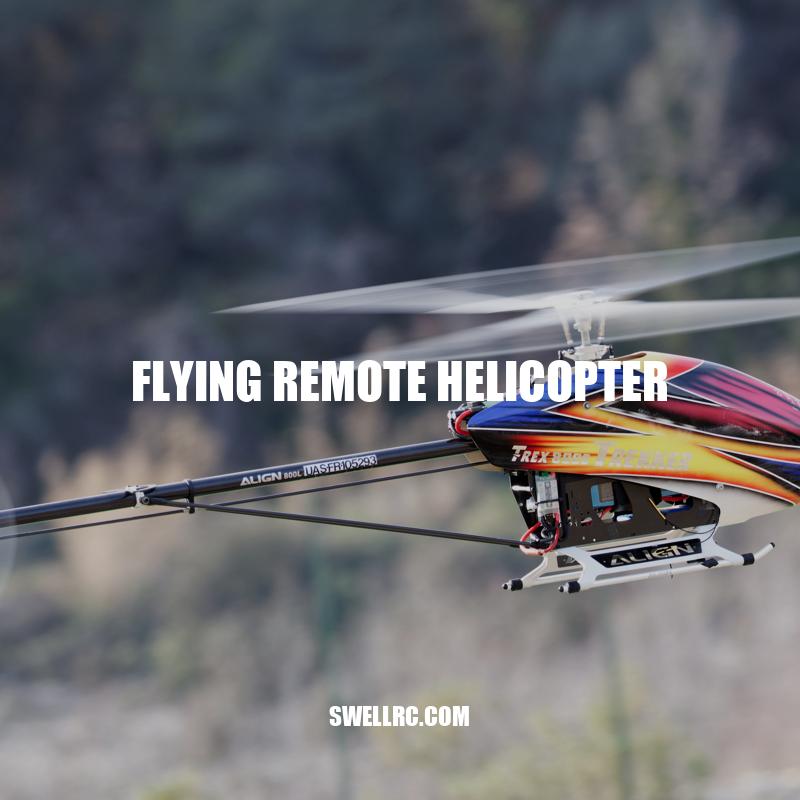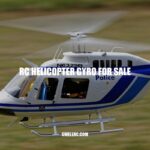Remote Helicopter Flying: A Beginner’s Guide to Types, Benefits, and Maintenance
Remote helicopters, also known as RC helicopters, are becoming increasingly popular among hobbyists and enthusiasts of all ages. These miniature aircraft can fly in any direction and perform various stunts in mid-air, making them an exciting and dynamic hobby to pursue. Whether you are a beginner or an advanced flyer, there are different types of remote helicopters available to suit your skill level. In this article, we will discuss the different types of remote helicopters and how to fly them, the benefits of pursuing this hobby, safety precautions to take, and maintenance and repair tips to keep your helicopter in top condition.
Finding the Perfect Flying Remote Helicopter: Types and Recommendations
When it comes to flying remote helicopters, there are different types to choose from, each with its own unique characteristics that cater to various skill levels. Here are some examples of the different types available:
– Fixed-Pitch Remote Helicopters:
These helicopters come with a fixed angle between their blades and the main rotor hub. As a result, they stay level in flight, are easier to control, and less expensive than other types. Therefore, they are recommended for beginners who are starting out to learn to fly remote helicopters.
– Coaxial Remote Helicopters:
These types have two rotors spinning in opposite directions, which provides increased stability and smoother flight. Therefore, they are also recommended for beginners.
– Collective-Pitch Remote Helicopters:
These types offer advanced control and maneuverability, making them more challenging to fly and, therefore, not suitable for beginners. If you are an advanced flyer, then you can consider opting for this one.
There are several websites and products available where you can find a remote helicopter that will suit your preferences and skill level, including Amazon and DJI.
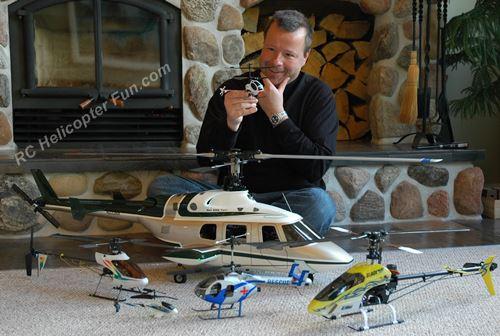
What are some websites and products to find remote helicopters suited to different skill levels?
Some websites and products to find remote helicopters suited to different skill levels are Horizon Hobby, Blade Helicopters, and Syma Helicopters.
Remote helicopter controls: Understanding Throttle, Pitch, Roll, and Yaw
Flying a remote helicopter may seem challenging, but with patience and practice, it’s a lot easier than it looks. Understanding the basics of flying a remote helicopter is crucial. Here are some of the basics that you need to know:
- Controls:
- Throttle: Controls the height of the helicopter
- Pulls down to speed up the rotors
- Pitch: Controls the forward and backward movement of the helicopter
- Roll: Controls the side-to-side movement of the helicopter
- Yaw: Controls the rotation of the helicopter
As shown in the table, the four basic controls responsible for flying a remote helicopter are Throttle, Pitch, Roll, and Yaw. The throttle controls the height of the helicopter. It’s typically located on the left control stick, and when you move it up and down, it raises and lowers the helicopter. The pitch control, typically on the right stick, is responsible for tilting the helicopter forward and backward. The roll control, which is also on the right stick, controls the tilting side-to-side motion. Finally, the yaw control, usually on the left stick, is used to rotate the helicopter clockwise or counterclockwise.
The market is filled with different models of remote helicopters that cater to different interests. For instance, you may find a beautiful model of Ultralite Remote Helicopter at Walmart, or find a ModelXS809HW Quadcopter Drone that has a high-resolution camera on Amazon, which is great for aerial photography.
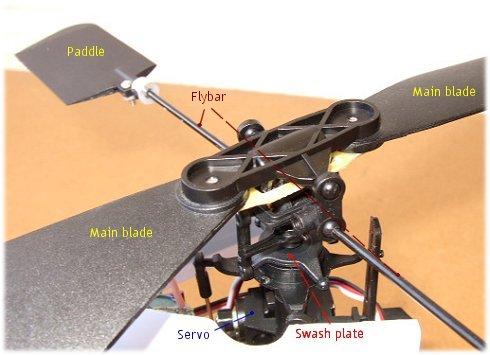
What are the four basic controls for flying a remote helicopter?
The four basic controls for flying a remote helicopter are throttle, yaw, pitch, and roll.
Benefits of Flying a Remote Helicopter: Mental and Physical Health, Socializing, and Professional Opportunities
Flying a remote helicopter has many benefits, some of which include:
- Stress relief
- Improved hand-eye coordination
- Socializing with other hobbyists
- Opportunity for professional work, such as aerial photography or surveying
On top of being a fun and rewarding hobby, flying a remote helicopter has many benefits for mental and physical health. Practicing flying can provide a sense of relaxation and satisfaction, which can help to reduce stress and anxiety. It can also help to improve hand-eye coordination, reaction time, and coordination in general.
Flying a remote helicopter is also an excellent way to socialize with other hobbyists. With local clubs, meetups, and online forums, enthusiasts can connect with one another and share skills and experiences.
In addition to being a hobby, remote helicopters can also be used in professional settings. Drones equipped with high-resolution cameras are commonly used for aerial photography and surveying in various industries, including real estate, construction, and agriculture.
Moreover, there are different products available online that cater to different interests. For instance, you may find a Syma S107G 3-Channel RC Helicopter on the official website of Syma that is perfect for beginners. Or, you can purchase a DJI Phantom 4 Pro+ V2.0 Drone with a 4K camera that is better suited for professional aerial photography.
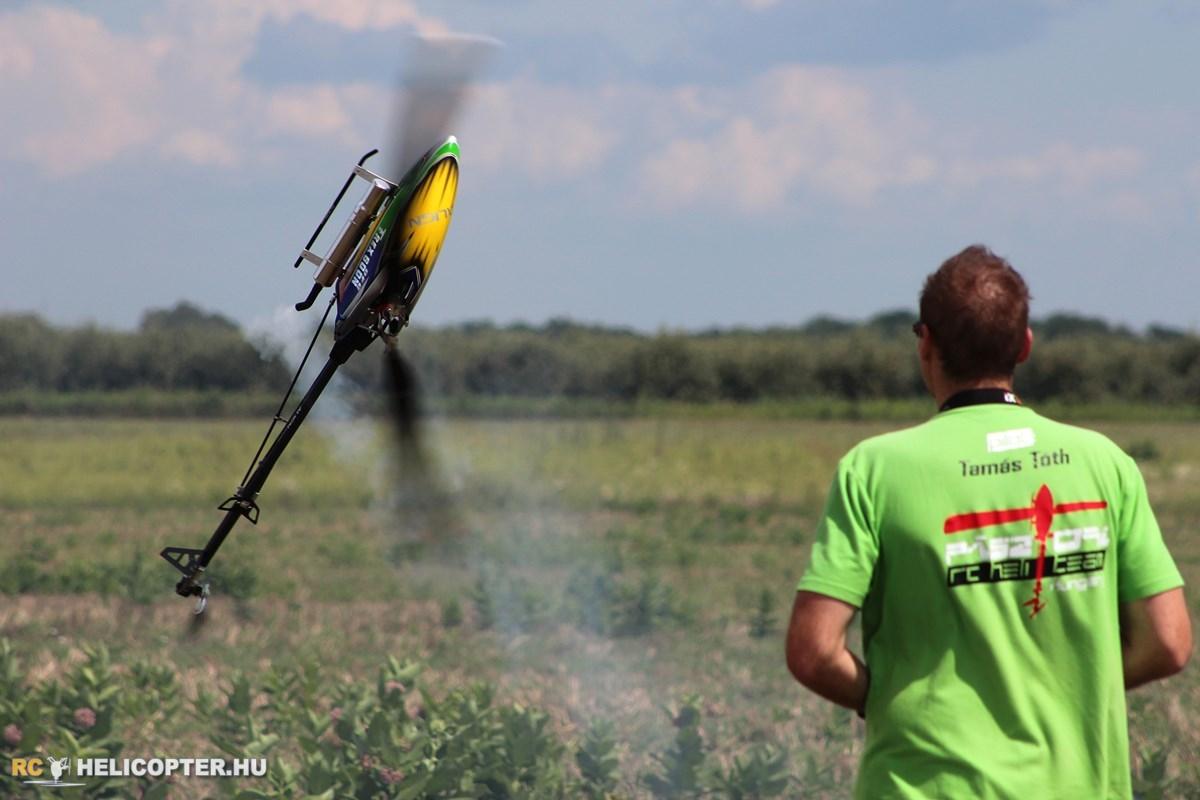
What are the benefits of flying a remote helicopter for mental and physical health?
Flying a remote helicopter can be beneficial for both mental and physical health. It can help enhance hand-eye coordination, improve concentration, reduce stress and anxiety, boost creativity and imagination, and provide a sense of accomplishment. Additionally, the physical activity involved in piloting and operating a remote helicopter can help improve cardiovascular health and strengthen muscles.
Stay Safe While Flying a Remote Helicopter
When flying a remote helicopter, it is important to take necessary safety precautions. Some of these precautions include:
- Wearing safety glasses to protect your eyes from debris and dust
- Avoiding flying the helicopter near people, animals, or property
- Checking for potential hazards in the area before takeoff
- Keeping a safe distance from buildings or other obstacles
- Using a pre-flight checklist to ensure the helicopter is in proper working condition
These precautions can help to prevent accidents and damage to the helicopter. Flying a remote helicopter can be dangerous if not done with care and attention, so it is important to take necessary safety measures.
Moreover, there are several websites that provide information on remote helicopter safety and regulations. The Federal Aviation Administration (FAA) website offers a comprehensive guide to flying unmanned aircraft systems, including remote helicopters. It is essential to read through the regulations and guidelines before flying to ensure safe and responsible operation.
In case of any damages or malfunctions, it’s also important to know how to handle repairs and maintenance. Different remote helicopters may have varying repair and maintenance processes, which can be found in their respective manuals. Some manufacturers also provide online support and tutorials.
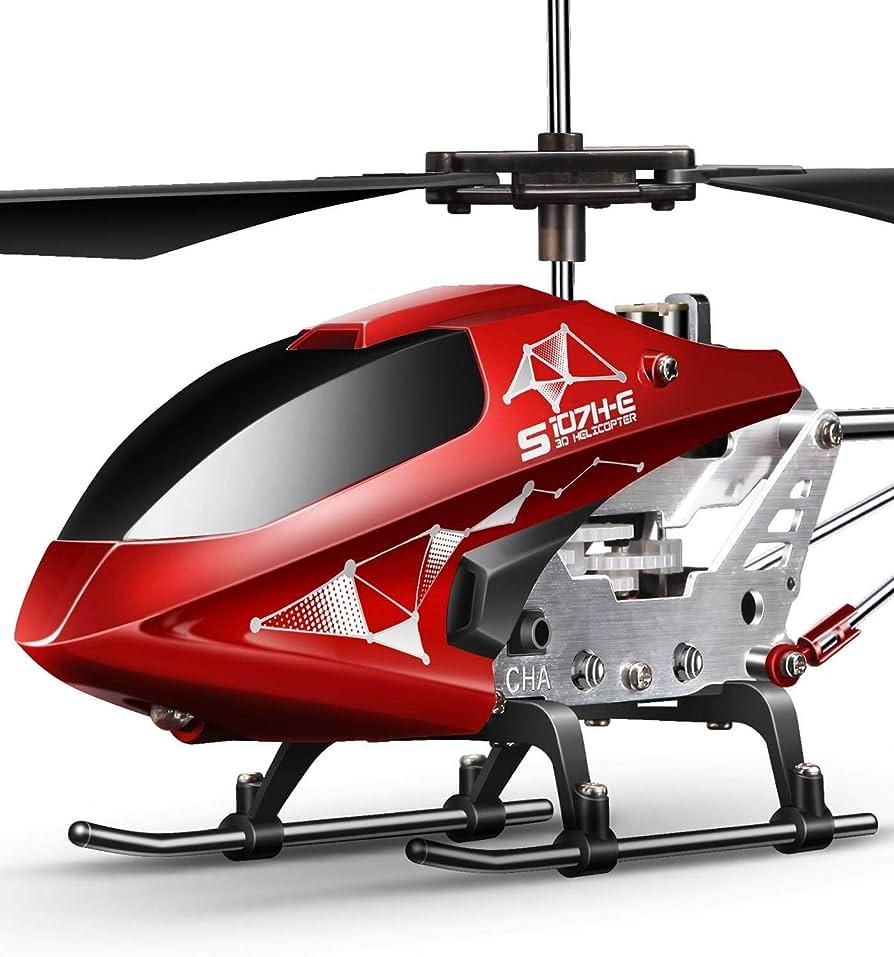
What are some remote helicopter safety regulations and guidelines provided by the FAA?
The Federal Aviation Administration (FAA) provides safety regulations and guidelines for remote helicopters, including requirements for registering the device, obtaining certification or waivers for certain operations, adhering to airspace restrictions, and avoiding hazards such as power lines and other aircraft.
Remote Helicopter Maintenance Tips
To prevent damages and ensure smooth operation of a remote helicopter, proper maintenance is crucial. Some key maintenance tips include:
- Cleaning the blades and body of the helicopter after each flight to remove dust and debris
- Charging the batteries as per the manufacturer’s instructions
- Checking and replacing propellers if necessary
- Regularly inspecting the motor, gears, and electronics for damage or wear and tear
- Storing the remote helicopter in a cool, dry place when not in use
Following these maintenance tips can help prolong the lifespan of the helicopter and ensure its proper functioning. It’s also important to refer to the manual provided by the manufacturer for any specific maintenance instructions.
Additionally, some websites offer tutorials and guides for remote helicopter owners on how to fix common issues that may arise during operation. Users can also find spare parts and accessories to purchase online on the websites of manufacturers or hobbyist vendors. It’s important to only purchase from reputable sources to ensure high-quality and safe products.
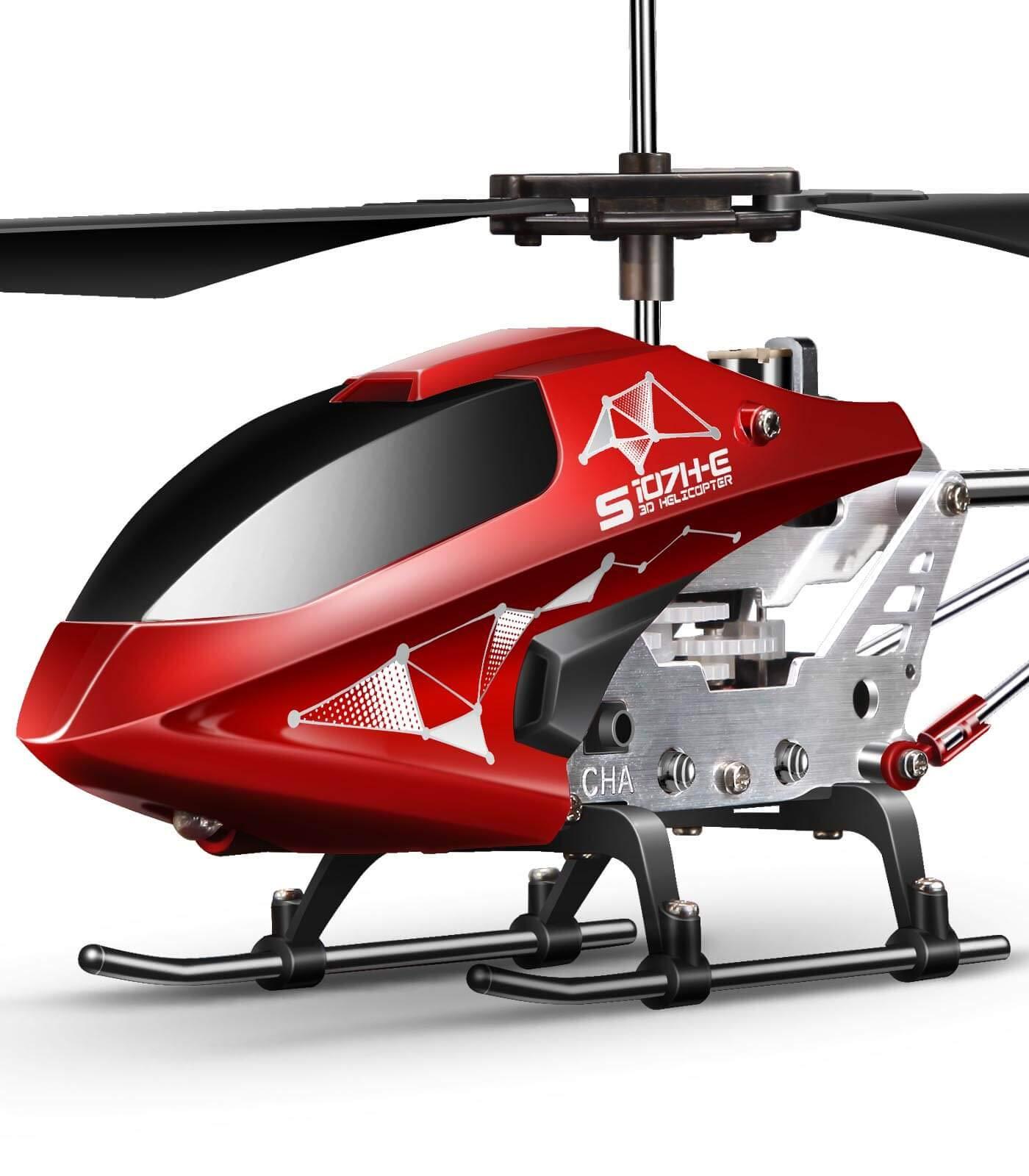
What are some common issues that may arise during operation of a remote helicopter and how can they be fixed?
Common issues that may arise during operation of a remote helicopter include loss of signal, battery failure, mechanical malfunctions, and flying in adverse weather conditions. To fix these issues, it is important to check the battery level, ensure a clear line of sight between the remote and the helicopter, perform regular maintenance and lubrication of mechanical parts, and avoid flying in windy or rainy conditions.
In conclusion, flying a remote helicopter is an exciting hobby that can provide a range of benefits, from stress relief to professional applications. However, it’s important to follow safety precautions and proper maintenance to ensure safe and long-lasting operation of the helicopter. With various types of remote helicopters available, users can find the right one for their experience level and preferences. Furthermore, the hobby community can provide valuable resources, such as tutorials and events, for enthusiasts to learn and connect.
For those interested in trying out the hobby, there are various online retailers and physical stores that offer a range of remote helicopters and accessories. Reading reviews and comparing products can help users make informed decisions on which products best suit their needs.
Overall, flying a remote helicopter can be a thrilling and fulfilling pastime, as well as a potential professional pursuit. By taking the necessary precautions and properly maintaining the helicopter, users can enjoy a safe and enjoyable flying experience.

